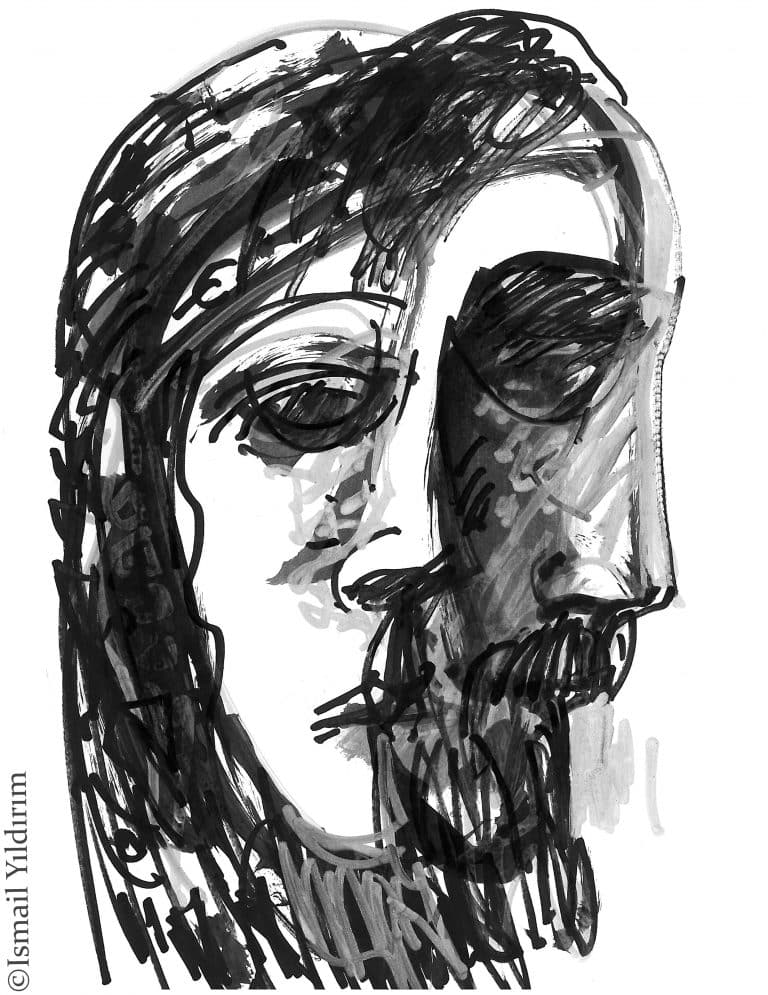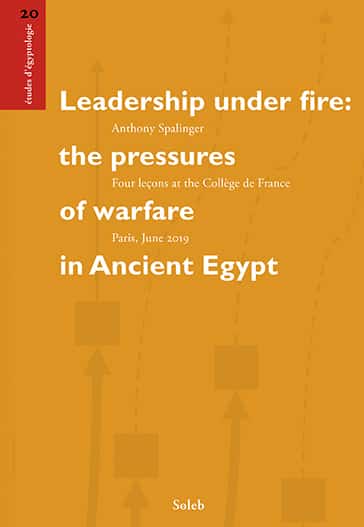The reader will find that I have altered somewhat my earlier con- cepts as well as my interpretations. On the other hand, by subjecting three commanders and pharaohs to a minute examination different facets in the enormous field of ancient Egyptian military history were obtained. But this does not mean that these presentations lead to simplistic hero-loving or incompetent-hating evaluations. I have further not provided the gener- alist with a superficial canvas on which these warriors’ images loom ever so large and two dimensional.
_Leadership under fire: the pressures of warfare in Ancient Egypt
Editions
Bleu autour

